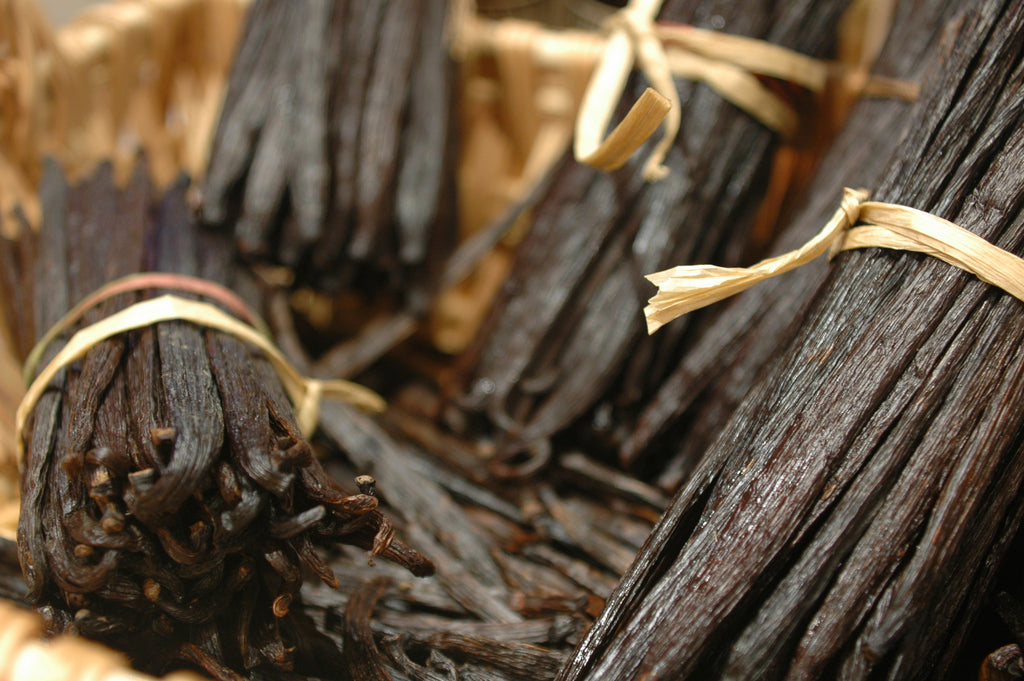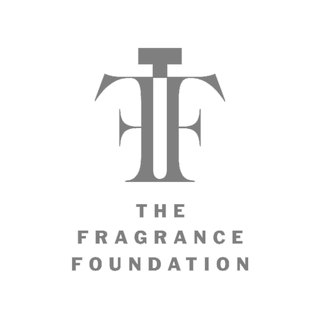Flavors... In Fragrance
The fine fragrance market sees the birth of 400+ perfumes every year and most of these will be gone with the wind by the following year. So what makes a fragrance a stand out from the rest? A signature. A fragrance’s signature can be defined many ways but is always based on the fragrance structure or notes. And over the past several years, I have noticed a growing trend of using flavor infused notes to create fragrance signatures.
The oldest and most famous fragrance house which used flavor notes to ‘sign’ their perfumes is Maison Guerlain, founded in 1828. Their then unique accord of vanilla absolute, amber and animalic notes became the house signature and was nicknamed “La Guerlinade” to the point that they launched it as perfume as well in 1921. Their most famous creation, Shalimar, uses vanilla notes to achieve its addictive sensuality and great trail. Launched in 1925, Shalimar still ranks #33 in worldwide sales and #6 in France. The use of vanilla notes as signature is a trend that has picked up in the last several decades and today such fragrances overflow the market, mainly because vanilla is a universal pleaser which gives both power and substance for a relatively bargain price - especially when using a synthetic version. Last summer, Bath and Body Works launched a seasonal vanilla collection: Berry Vanilla, Lemon Vanilla and Coconut Vanilla which sold so well that they decided to make them part of their core collection.

In 1889, Guerlain combined vanilla with coumarin to create Jicky, the first-ever fougere (citrus-aromatics-woody-sweet) fragrance. The creamy almond notes of coumarin add depth to the already soft and sensual vanilla note. The latest and most famous classic fougere today is probably Jean-Paul Gaultier Le Male, which uses coumarin to give off more of a sensual warm tobacco sweetness, like in the original Dolce & Gabbana for Men. Launched in 1995, Le Male still ranks #2 in worldwide sales today. Coumarin’s almondy creaminess is also the key ingredient of the Burberry Brit signature, launched in 2003.
Another groundbreaking flavor note used in perfumery by Guerlain was peach lactone in their 1919 launch of Mitsouko, the first ever fruity chypre (feminine fragrance with woody notes). The peach lactone brings great strength and substance along with its obviously fruity accent and a few drops will go a long way. The use of these peach notes as a signature reached a peak in the 80's with the launch of Christian Dior's Poison, Cacharel Eden, Niki de Saint Phalle and of course the iconic Giorgio Beverly Hills. Today the most remarkable reintroduction of peach lactone as a defining signature in a fragrance is the very successful Coco Mademoiselle by Chanel, launched in 2001.

But Vanilla, Almond and Peach might seem like the easiest flavor notes to use as signature in a fragrance and they probably are. Of course every one remembers the earthquake that Thierry Mugler Angel represented when it launched in 1992 with its outrageous note of cotton candy/caramel which since gave birth to a multitude of followers. The structure of the fragrance is not new but the impact of the caramel note made the fragrance industry create a brand new perfume category for it called Gourmand. And the magic and impact of signature of Angel is such that no matter how many Angel me-toos you smell, the original always stands out with majesty next to them.
The creation of Gourmand as a recognized fragrance family in the classification really reflects the shift that overtook the fragrance industry: from then on, flavor notes could be taking center stage in a fragrance or have a mouth-watering effect. Fruity notes became juicy, fleshy and much more complex and the American market really embraced this movement. I remember when I first started working in the US, someone asked me if I could make a pear note for a lotion. "But of course!" I replied with my then very thick French accent. When I came back to show my pear, I was only received with a "Honey, this does not smell like a pear" and as an example I was given a peach lotion. I almost fell out of my chair: the peach lotion smelled just like a fresh white peach you sink your teeth into, juicy, fleshy, sunny - you could even smell its skin!!! This was more a flavor than a perfume and it was absolutely addictive.
Mugler tried to achieve the same revolution in the men’s market when it launched A*Men in 1996 with a coffee flavor but the audience was not there.
Parfums Givenchy tried as well in 2002, with Kors, the second fragrance under Michael Kors name which opened with a port wine accord on top. The result was interesting and daring but the response was not up to par with the company’s expectations and they ended up retiring the juice.

Thierry Mugler Angel and its clear success and wide acceptance over the years (it still ranks #4 in worldwide sales) really broadened perfumers’ horizons with a whole new world that was previously beyond reach. The fragrance industry changed drastically over the past two decades with speed to market, immediate return on investment and market research data becoming the deciding factors of most major product launches, whether a shampoo, a laundry detergent or a prestige fragrance. Advertising and marketing alone represent about 80% of the final price of a bottle of fragrance and on top of that, return on investment has to be made at the time of launch. Such economic pressure could explain why most brands, even though flavor inspired fragrances were exploding in the home care and body care sectors, were still shy about using flavor notes other than vanilla, almond, peach and caramel.
In 2000, Ralph Lauren launched Ralph, a very apple/pear fruity note on top of a floral, targeted to a younger audience but its wide appeal among women of all ages made pear an indisputable top note ever since.
Ed Hardy for his first feminine fragrance launched an apple-strawberry in 2008 which ranked #8 in the US last year.
Recently, all the rave about umami (the fifth taste) and a never-seen-before loss of fragrance users in the marketplace pushed companies into exploring more of a salty and savory effect within fragrance. Here again, home fragrance was a precursor in taking the step. White Barn & Co launched a Mashed Potatoes candle for Thanksgiving 2004 and this year White Castle launched a hamburger scented candle which sold out in a few days. So how far are we to the next Eau de Mac’n Cheese??
Without going this far, a launch noteworthy of this emerging trend is once again from the daring house of Mugler: Womanity, their latest feminine fragrance. The development of the juice took over two years and the core accord is based around a caviar extract, combined with figs for a definite salty-sweet addictive effect. Will it rock the fragrance market the same way Angel did, no one can say yet but we can meet again in a decade or two to see how the flavor infused notes and their use in fragrance creation would have changed by then. Until then, bon appétit!










